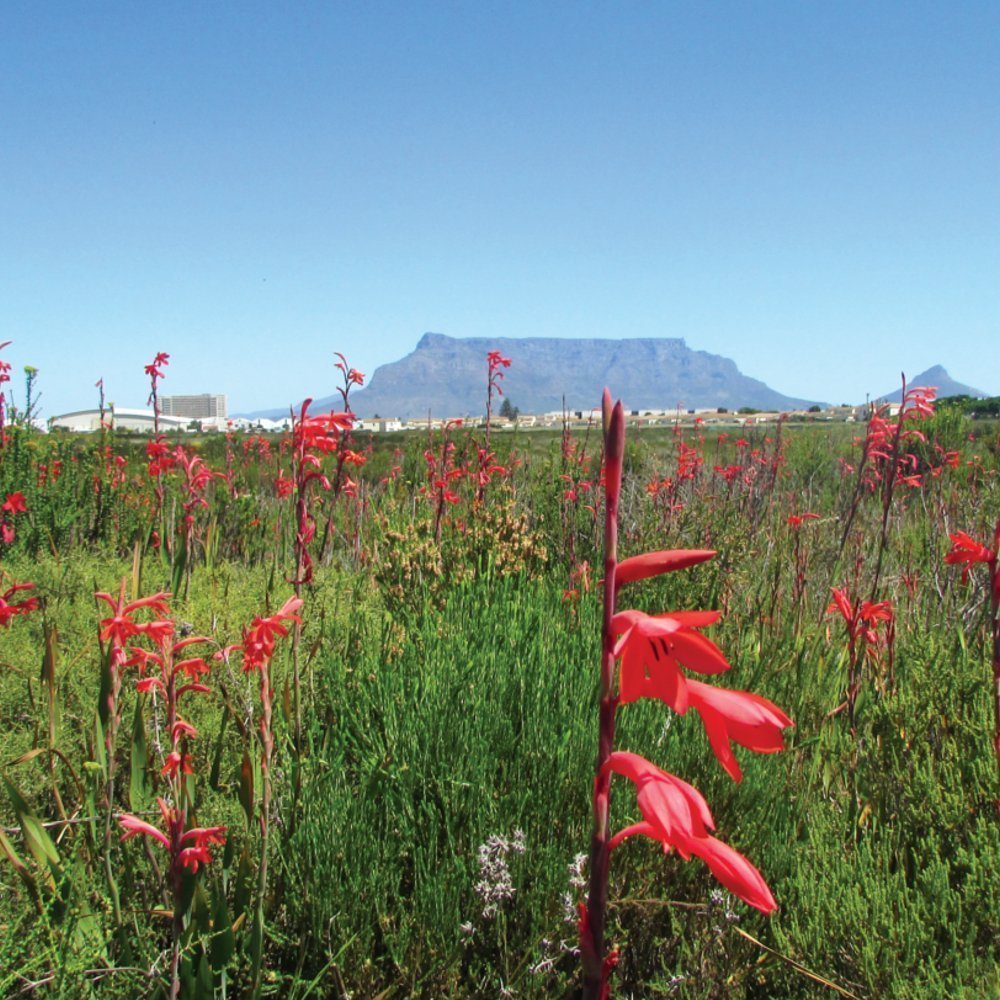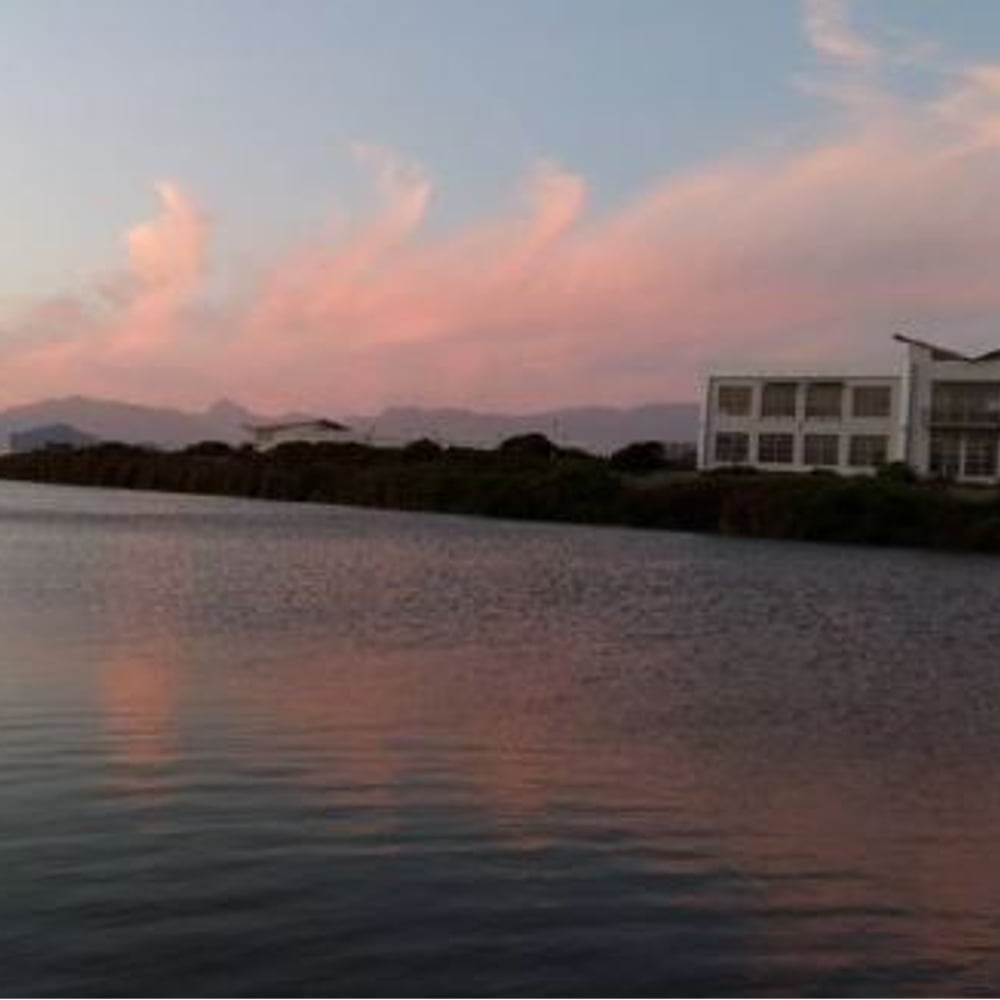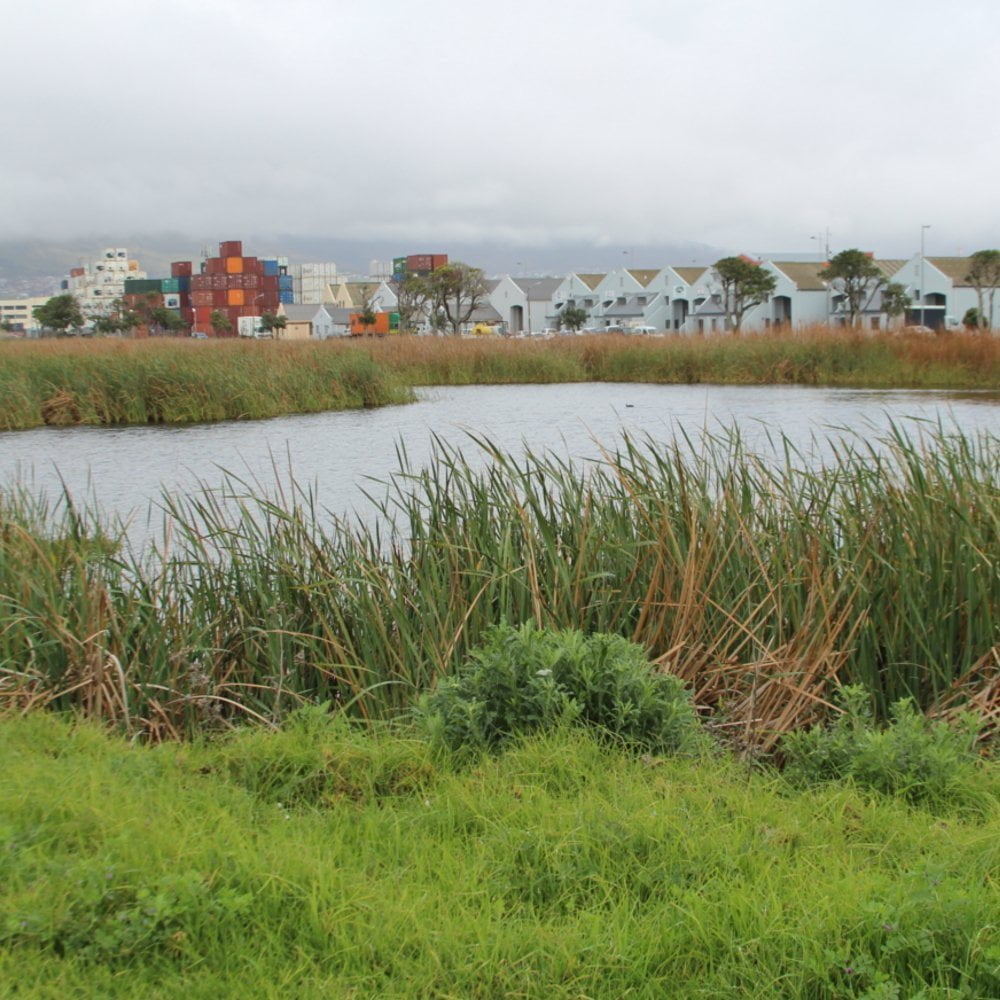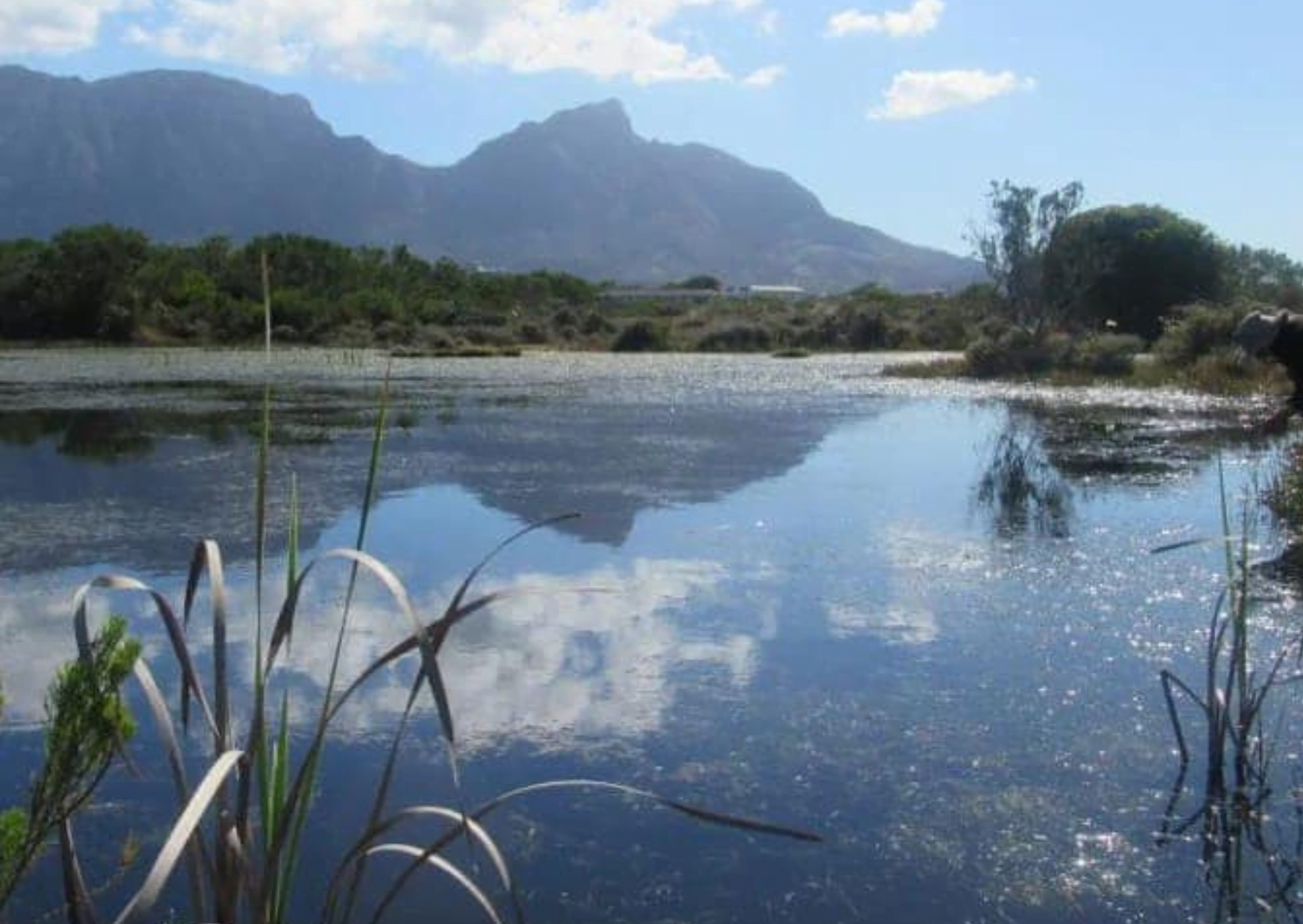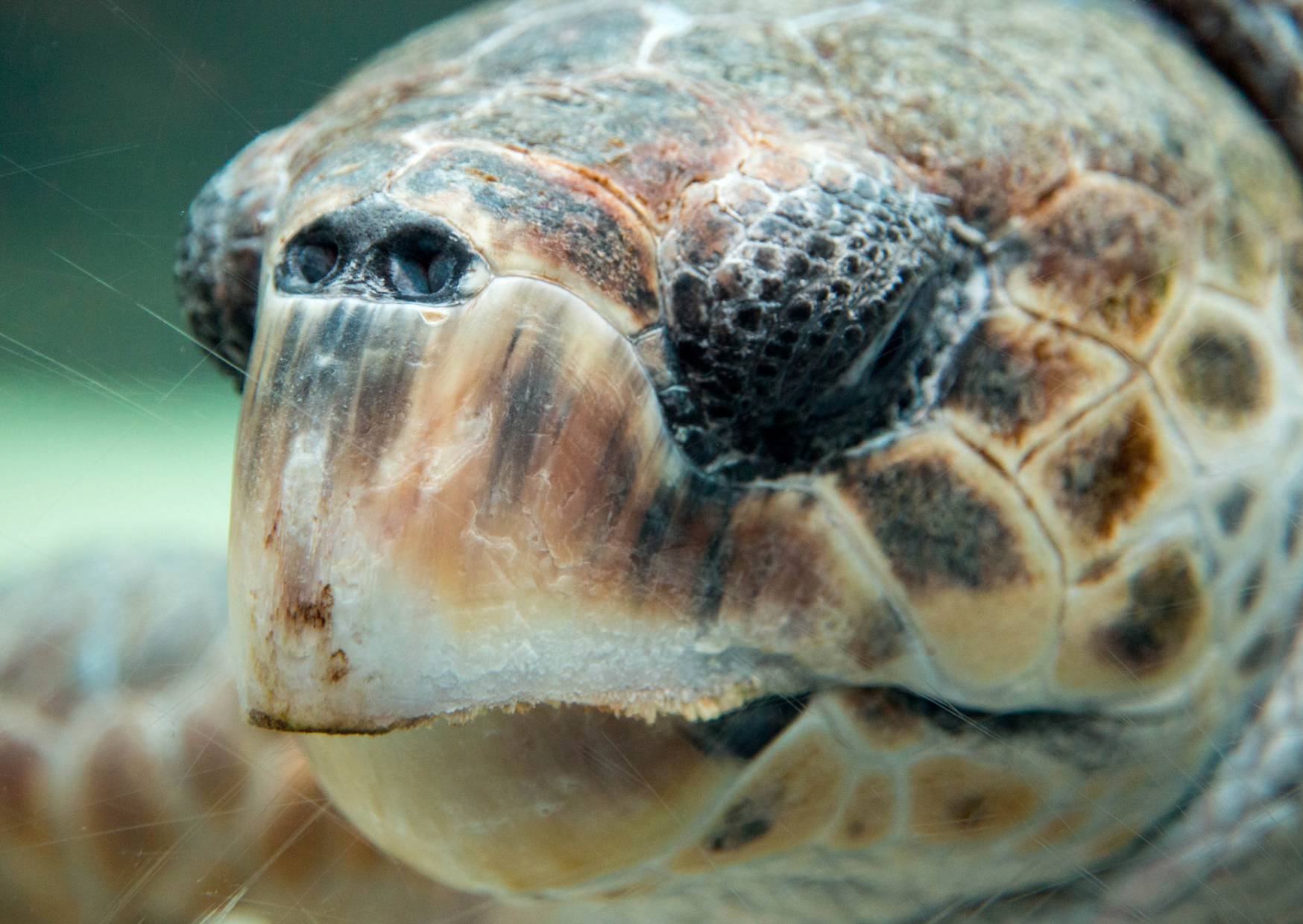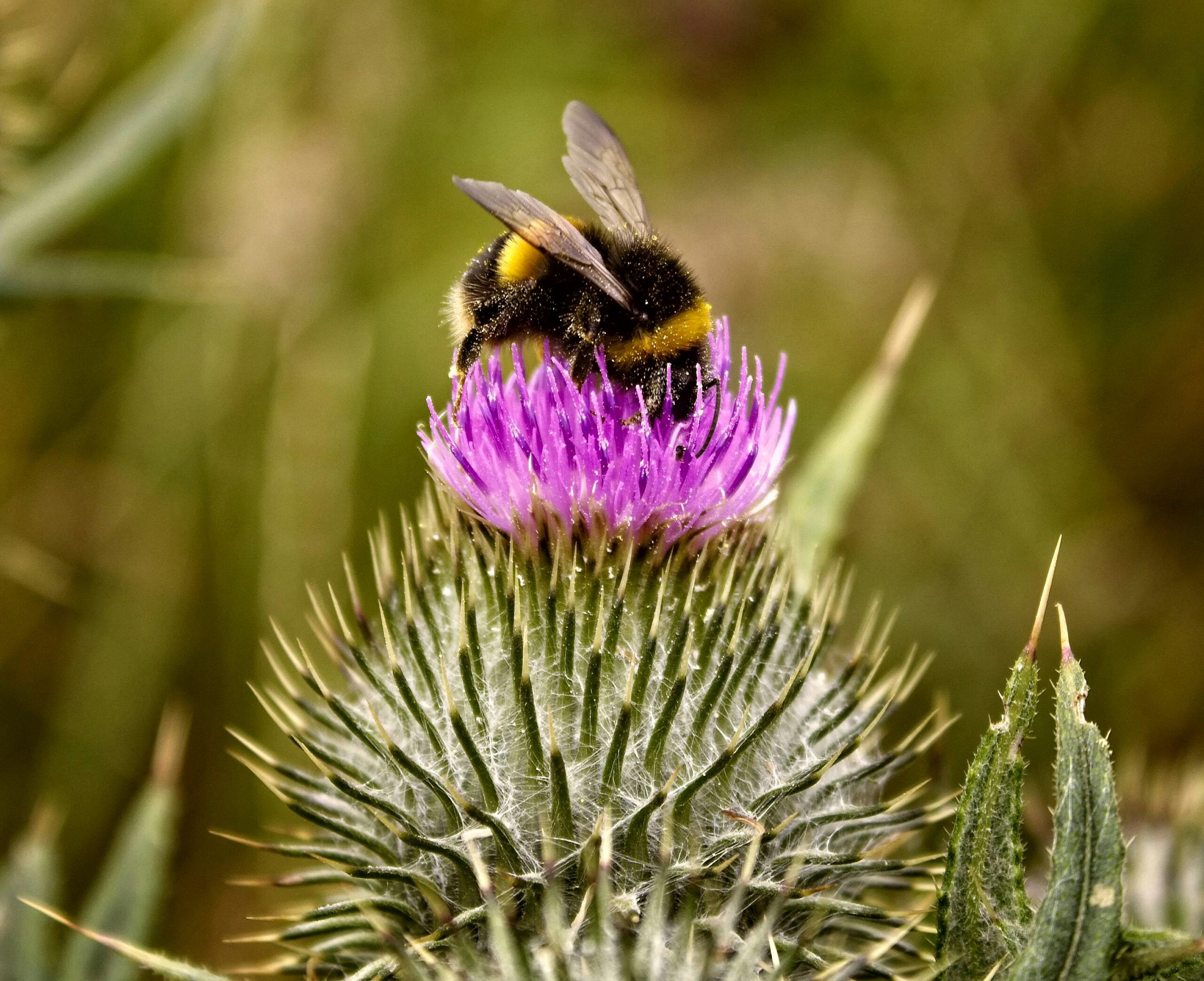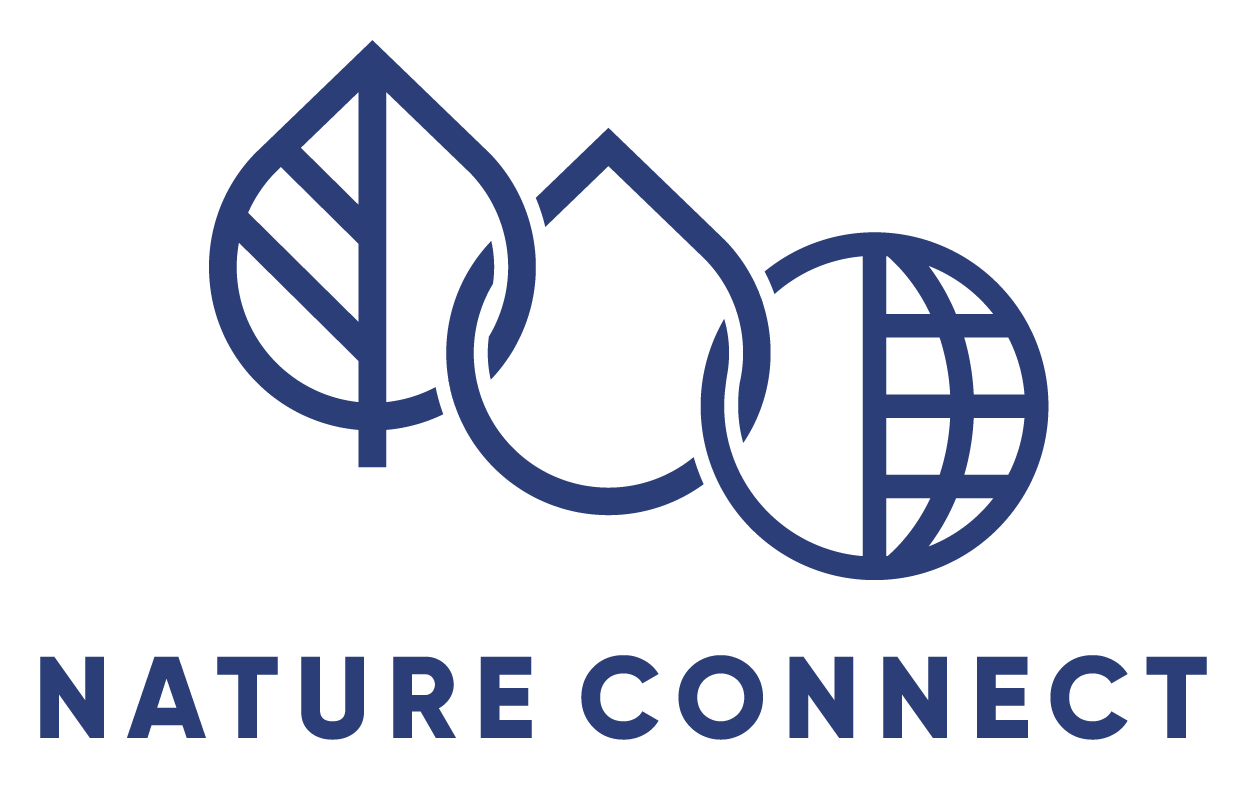Supporting and driving conservation initiatives in Cape Town.
The City of Cape Town embarked on a conservation strategy, identifying critical areas of conservation importance across the City resulting in the creation of the Cape Town Biodiversity Network (Bionet), considering state and privately owned land for the creation of Core Biodiversity Areas (CBAs) and corridors connecting them. Given the Municipal Finance Management Act, it is not possible for the City of Cape Town to ensure implementation of the Bionet across the city as they are unable to use public funds on private land. To address this the Nature Care Fund was born in 2007 so as to act as a funding conduit for conservation projects around the city.
Each of the conservation areas has a dedicated conservation manager who is supported through the Nature Care Fund. These individuals monitor manage the sites and their teams, and carry out every-day conservation duties. Since the establishment of the first conservation area in 2007, the Nature Care Fund has continued to expand its conservation efforts entering discussions with developers and stakeholders to try and ensure the protection of important conservation areas, exploring various funding models to ensure the long-term management of these sites. All current sites have long-term funding agreements in place.
Site management projects
Kenilworth Racecourse Conservation Area
Contained within the Kenilworth Racecourse is 52ha of one of the last and arguably the most important conservation sites of the critically endangered vegetation Cape Sand Plain Fynbos, hosting a number of rare and endemic plant and animal species found nowhere else in the world and the remarkable story of reintroduction of a plant species, Erica verticillata, that was extinct in the wild.
Milnerton Racecourse Section, Table Bay Nature Reserve
Nestled in the heart of the Milnerton racecourse is a remnant patch of 19ha of Cape Flats Sand Fynbos, containing 333 plant species 34 of which are Red Data species. Despite being of such small size a population of grysbok remains and evidence of their low browse line can be seen when going on one of the seasonal walks through the reserve.
Muizenberg East Biodiversity Cluster
The Muizenberg East Biodiversity Cluster is a result of the Environmental Authorisation coming out of the Development application process – as a consequence, a number of small conservation areas of 2-9ha are distributed through an urban matrix. The vegetation is endangered Cape Flats Dune Strandveld and some of the sites contain critically endangered flora and fauna. Despite the sites appearing seemingly isolated there is enough connectivity to allow for movement of game with camera traps revealing cape grysbok, porcupine, small spotted genet, water mongoose, cape spurfowl moving between the sites.
Zoarvlei Section, Table Bay Nature Reserve
This section of the Table Bay Nature Reserve is situated between Paarden Eiland Industrial Centre and the suburbs of Rugby and Brooklyn. This wetland reserve is 140 ha in size, with 87 species of plants occurring on site. Alien invasives and illegal dumping are among the biggest challenges to this urban site.


